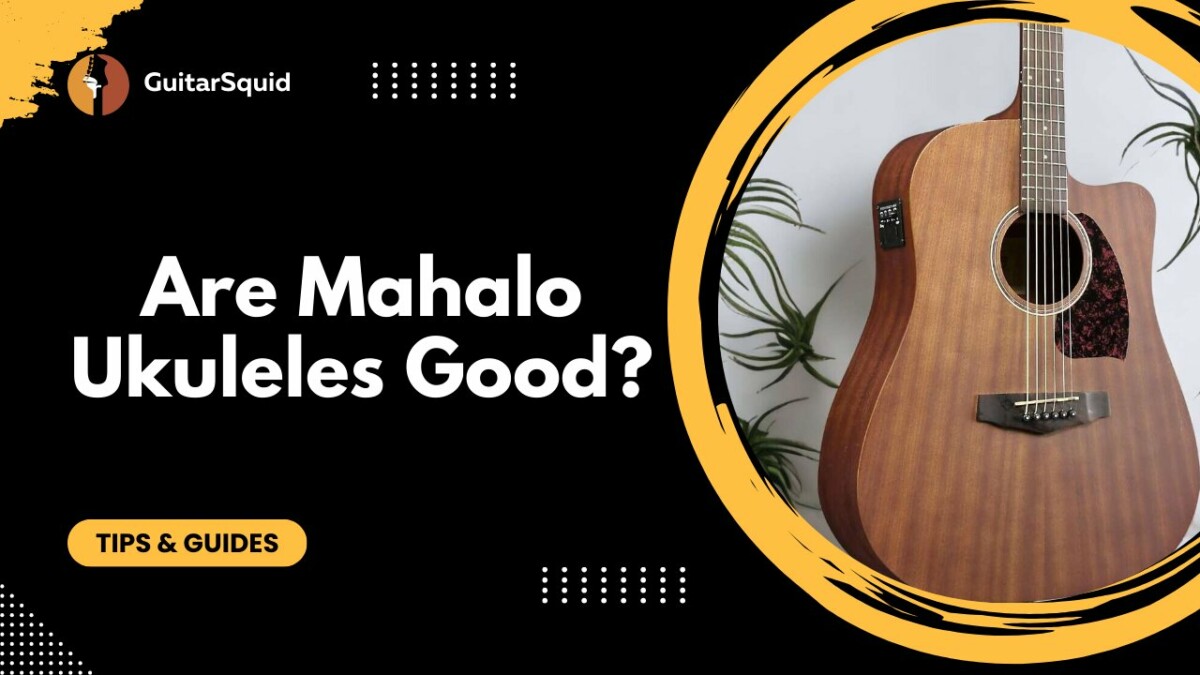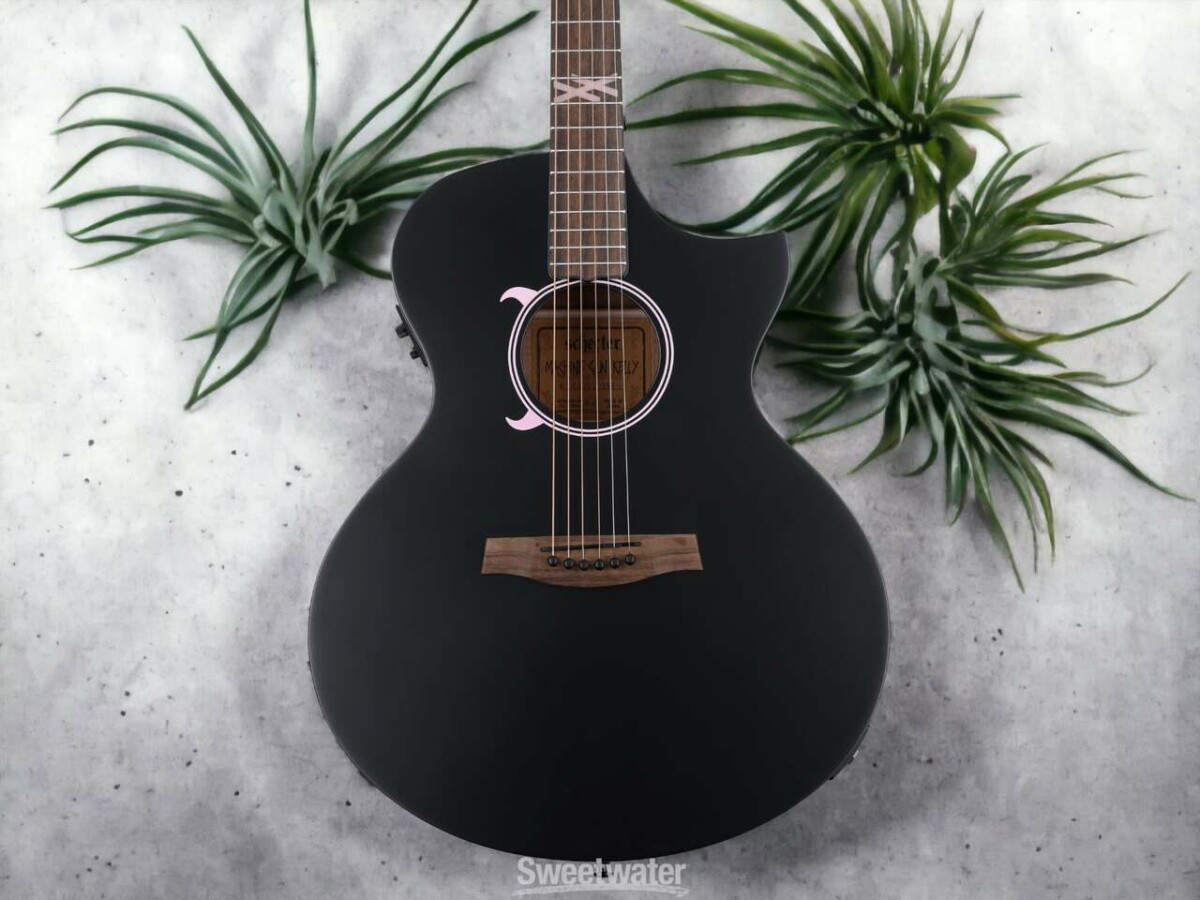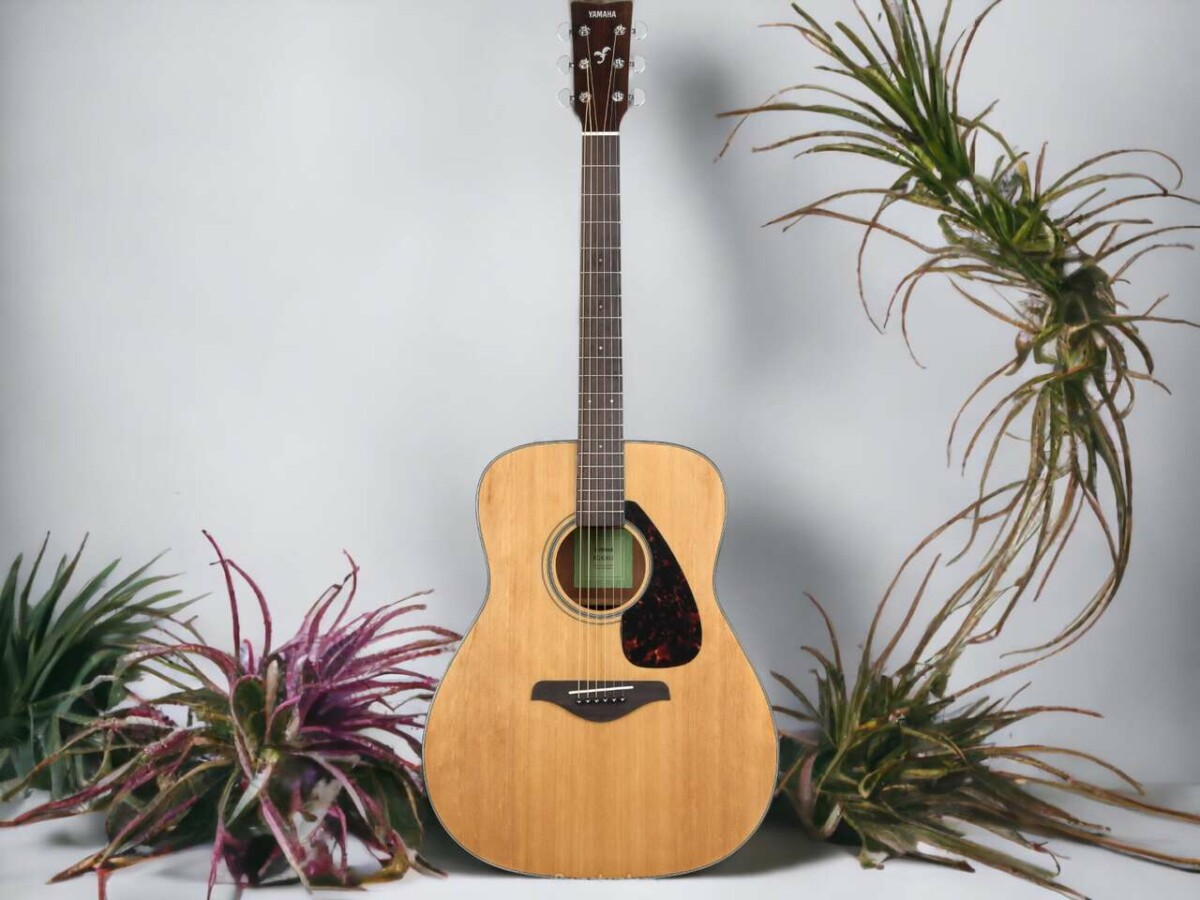So, you’re mulling over whether it’s worth dropping some cash on a Mahalo ukulele, huh? It’s a fair question. You’ve probably heard some mixed reviews about their tuning stability and the lifespan of these little musical buddies.
Well, strap in because we’re about to delve into the nitty-gritty and figure out if these affordable ukes are worth their salt.
We’ll put them head-to-head with rivals like Makala and really dig into what’s important: the sound quality and how long they’re likely to last. We’re not just talking about the facts and figures here, we’re going on a deep dive into the world of ukuleles.
Are you ready to rock… or rather, strum? Let’s get to it!
Are Mahalo Ukuleles Worth Buying?
Definitely! Mahalo ukuleles are excellent starter instruments. They are known for their affordability without compromising much on sound quality, therefore making them a good choice for beginners.
So, you might’ve caught wind of some chatter about Mahalo ukuleles, right? There’s been a bit of a buzz about them often needing a tune-up and potentially warping under the stress of the strings. When it comes to a side-by-side comparison between Mahalo and other ukuleles in the same price bracket, Mahalo doesn’t seem to cut it. For instance, my own Mahalo was constantly straying out of tune, but my mate’s budget-friendly Makala was way more reliable at holding its pitch.
The sound quality is another aspect where Mahalo doesn’t quite hit the mark. I’ve gotta agree with the usual grumblings here: the sound isn’t quite as lush and full-bodied as you’d expect from an ukulele. Instead, it feels more synthetic, lacking that authentic wooden vibe.
When you’re on the hunt for the perfect ukulele, these are the factors you should be weighing up. Don’t just grab the first cheap one you see. Remember, an instrument’s worth isn’t just about its price tag, but about how much you’re going to enjoy playing it and the usability it offers.
The Importance of Quality Control in Budget Ukuleles
When it comes to budget ukuleles, the difference between a satisfying purchase and a total letdown can often boil down to one key factor: quality control. Think about it – you’re a newbie, just starting out on your ukulele journey. The last thing you need is a shoddily constructed instrument that’s more of a mood-killer than a mood-maker, right?
Quality control is the real MVP here, guys. It’s all about:
- Making sure your ukulele doesn’t sound like a cat caught in a lawnmower (you know, decent sound quality)
- Guaranteeing that your instrument has more life expectancy than a goldfish (we’re talking durability here)
If you decide to skimp on quality control when you’re on the hunt for a budget ukulele, you’re setting yourself up for a world of frustration. I’m talking:
- Having to tune your ukulele so often that you feel like a full-time uke mechanic
- Dealing with structural issues caused by string tension that can make your ukulele crumble faster than a cookie
Let me tell you about my first ukulele experience. It was a budget buy, and let’s just say the quality control was pretty non-existent. I spent more time tweaking and tuning than actually playing. It wasn’t until I upgraded to a better brand that I actually started enjoying my ukulele journey. Trust me, you don’t want your ukulele experience to be about problem-solving, but about creating awesome music. So choose smart, folks.
Common Concerns Associated With Mahalo Ukuleles
Sure, Mahalo ukuleles might be easy on the wallet, but they’ve got a reputation for being high-maintenance. You’ll probably find yourself fiddling with the tuning pegs more often than you’d like just to keep the sound from going haywire. This is all thanks to the not-so-great tuning machines.
It’s not just irritating, but it’s also a bit risky. The constant tension from the strings having to be retuned can cause the ukulele to bend out of shape. This structural issue can cause the neck of the instrument to warp over time, which can really put a damper on your jam sessions.
Just picture it: a warped neck can seriously mess with the action, which is the height of the strings above the fretboard. This can make playing the ukulele super uncomfortable, and that’s not what you want when you’re trying to rock out. Trust me, as someone who’s been strumming ukuleles for years, I’ve dealt with these problems with Mahalo ukes. So, you’ve been warned.
Comparing Mahalo and Makala for Beginner Ukuleles
Alright, let’s get down to business and break down the showdown between Mahalo and Makala beginner ukuleles, so you can figure out which of the two is your perfect match.
When put head-to-head with other budget ukulele brands, both Mahalo and Makala hold their own in terms of bang for your buck, but they do have their distinct differences:
- Mahalo
- Known to need a little more TLC when it comes to tuning.
- Might throw you a curveball with some potential bending due to string tension.
- Makala
- Has a solid rep for delivering impressive sound quality.
- Gets a thumbs up for staying in tune and lasting the distance.
The buzz online from customers is that Makala ukuleles tend to be more dependable. As someone who’s strummed a few tunes myself, I can tell you that a reliable, sweet-sounding instrument is a must-have, especially when you’re just starting out.
While Mahalo might be lighter on the wallet, the potential challenges could put a speed bump in your learning journey. So, when it comes to picking your first ukulele, I’d say give Makala a shot.
Evaluating the Sound, Tuning Stability, and Durability of Mahalo Ukuleles
Just so you know, getting a handle on the sound, tuning stability, and durability of Mahalo ukuleles is pretty crucial in judging their overall quality.
When it comes to sound, Mahalo ukuleles definitely rock a bright, happy-go-lucky vibe but might just lack that deep, rich tone you might find in pricier models.
Now, onto the whole playability thing. You might find yourself having to retune these ukes more often than you’d like. It’s a bit of a bummer, especially for newbies who are just getting their feet wet, as it breaks the learning groove.
Durability-wise, there have been a few murmurs about the body bending under the strain of the strings. But hey, if you handle your Mahalo with a little TLC, it can still serve as a solid starting point on your ukulele journey.
Just remember, every instrument comes with its own set of hiccups. It’s all about finding what clicks for you.





